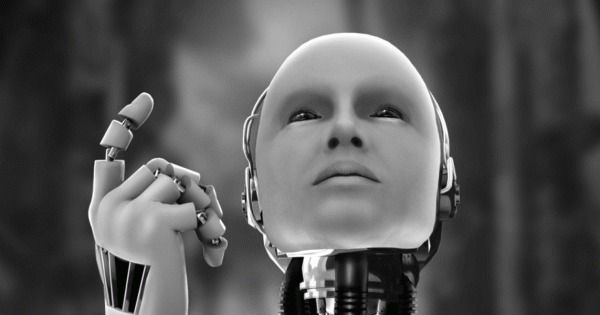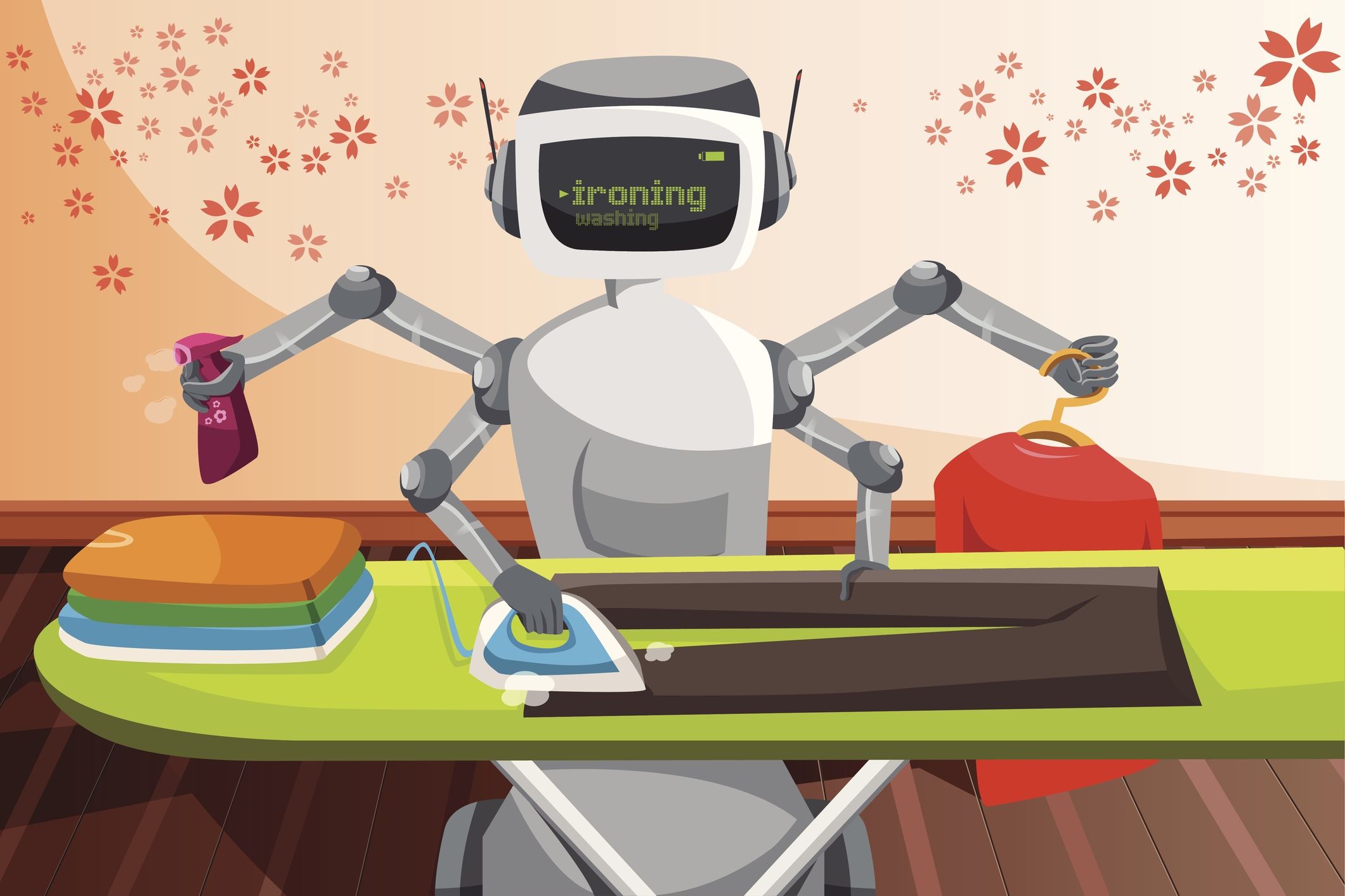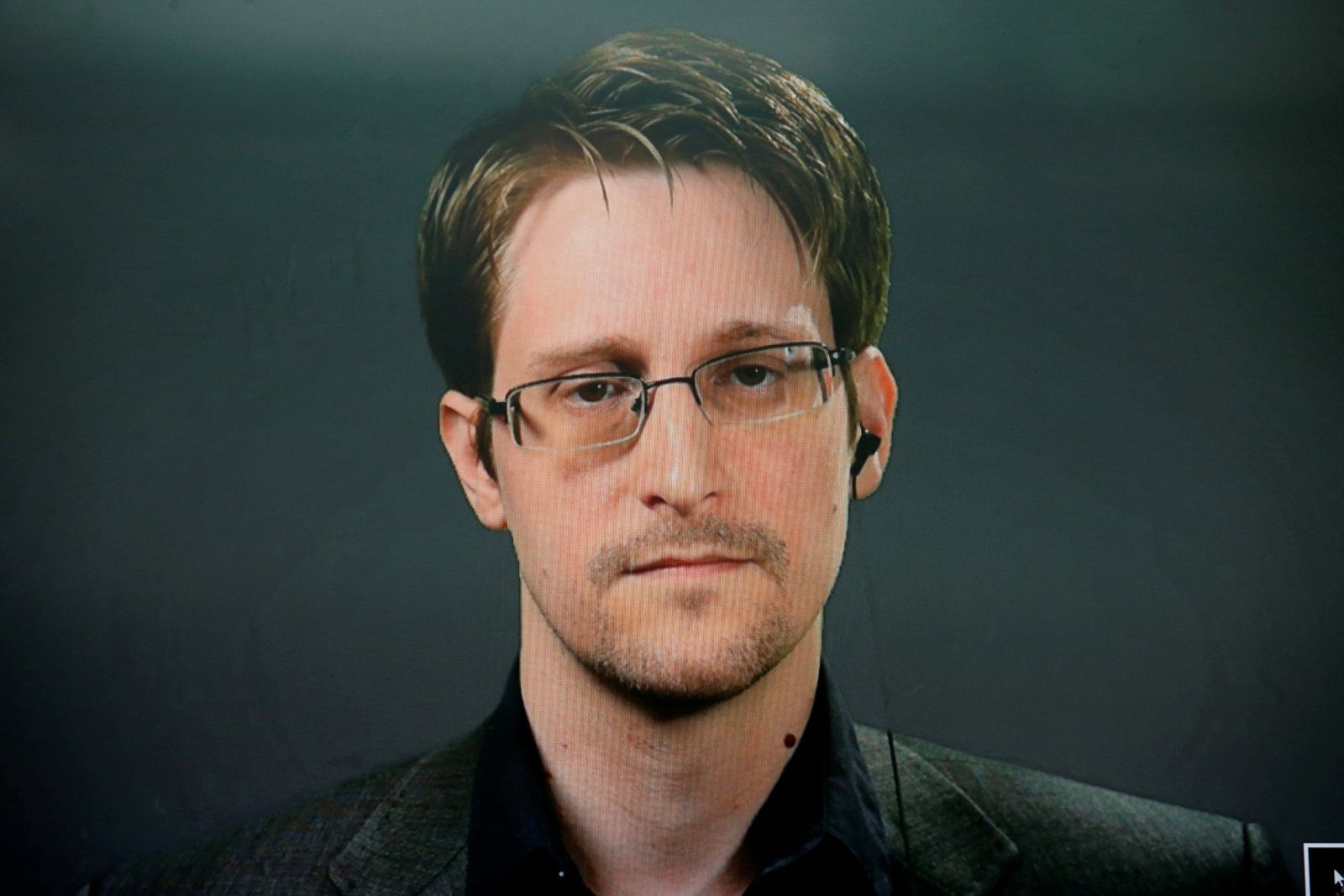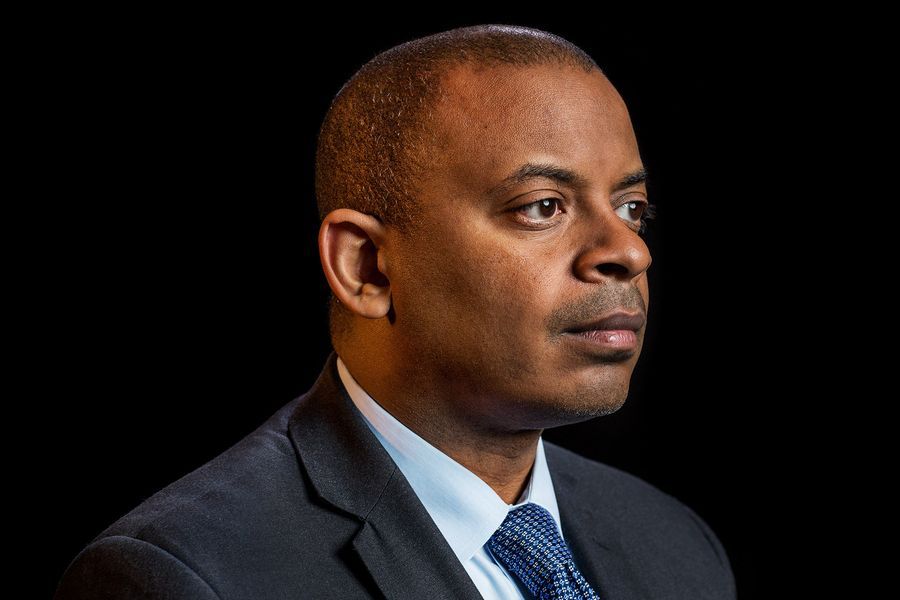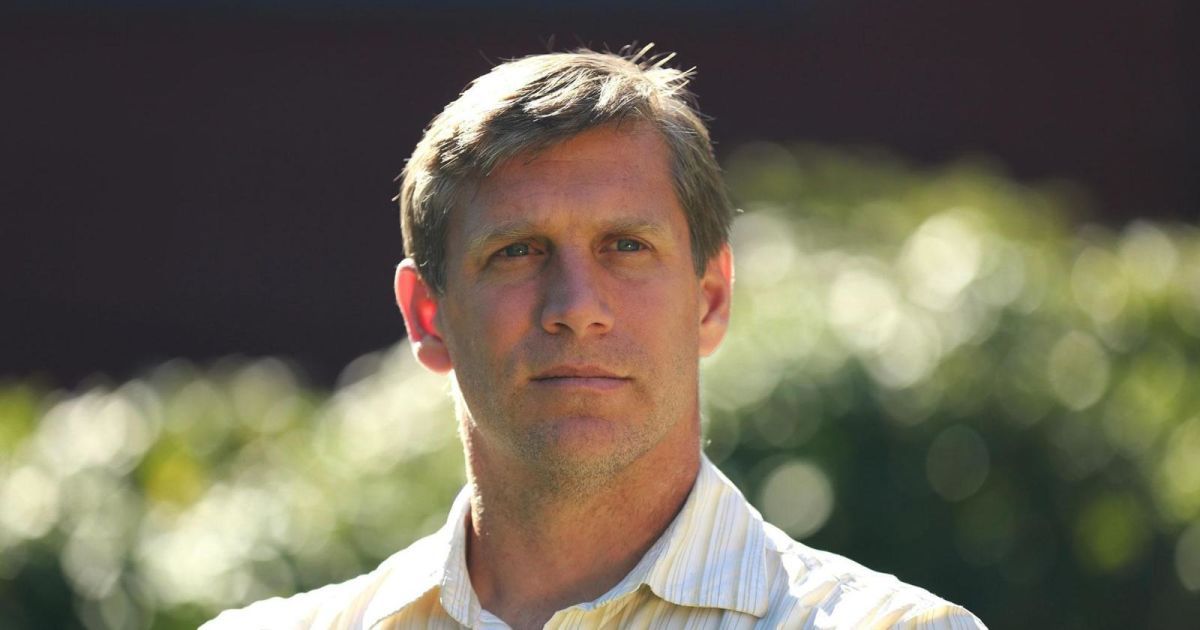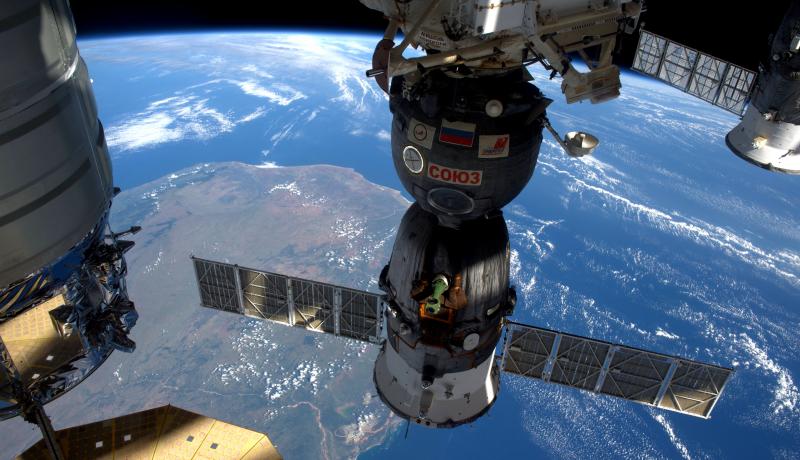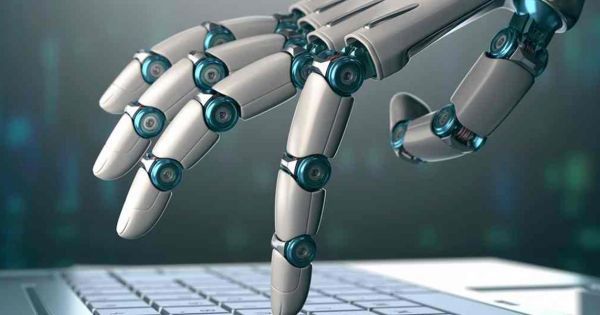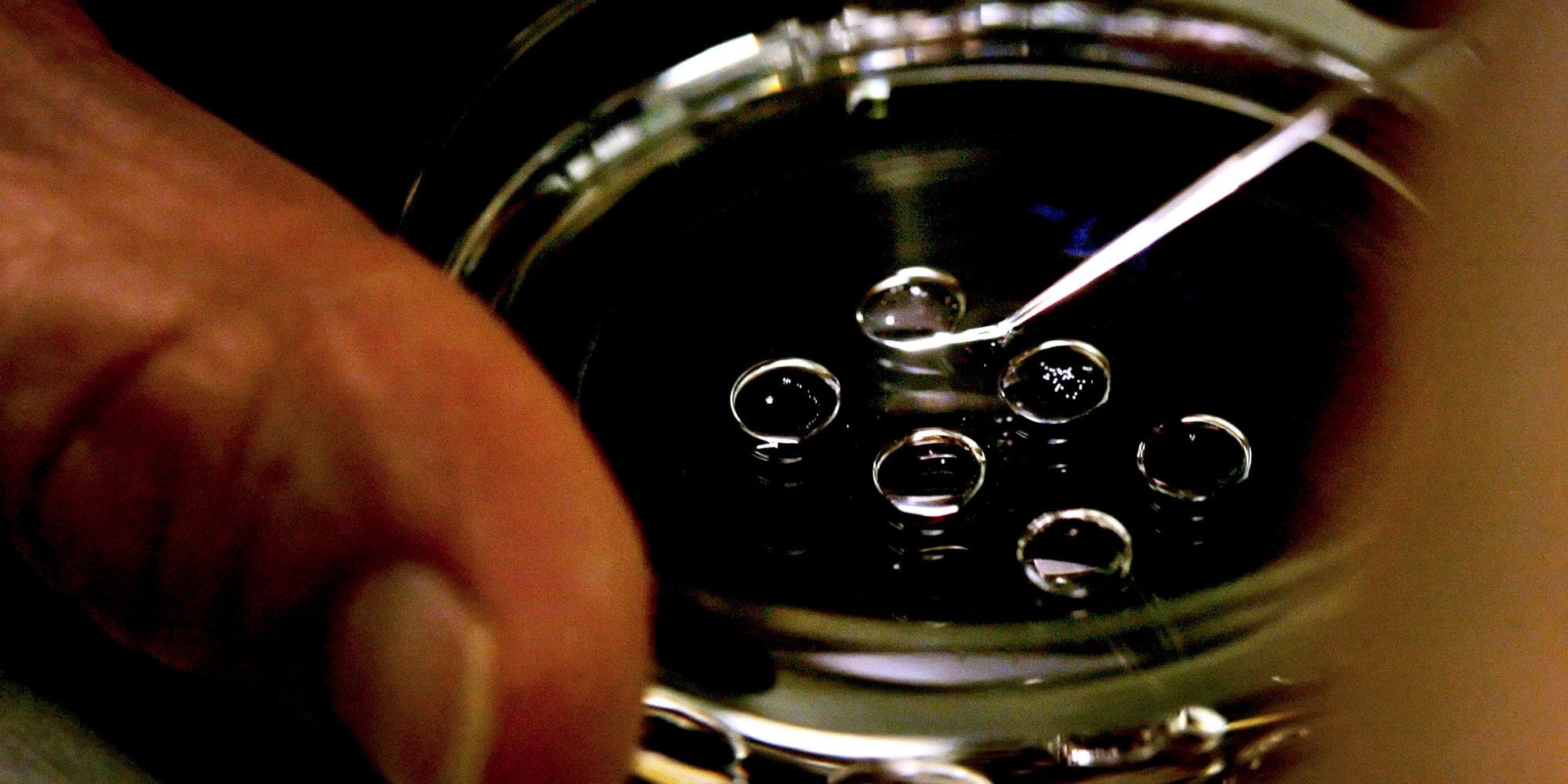In Brief:
- The AI, called MogIA, based its analysis on 20 million data points from platforms such as Google, Twitter, and YouTube.
- The AI aims at learning from the environment, developing its own rules at the policy layer, and developing expert systems without discarding any data.
MogIA, an artificial intelligence (AI) system developed by an Indian start-up, correctly predicted the outcome of this year’s elections. It based its analysis on 20 million data points from platforms such as Google, Twitter, and YouTube, reviewing public engagement across various posts in relation to individual candidates.
